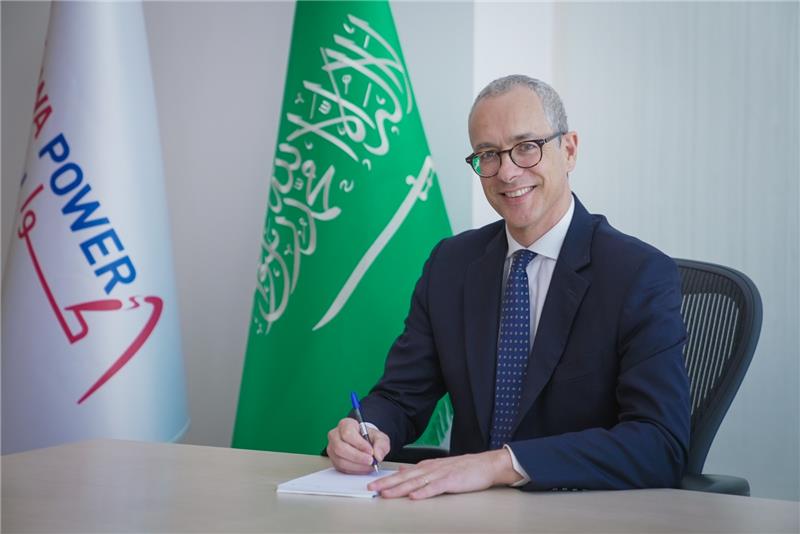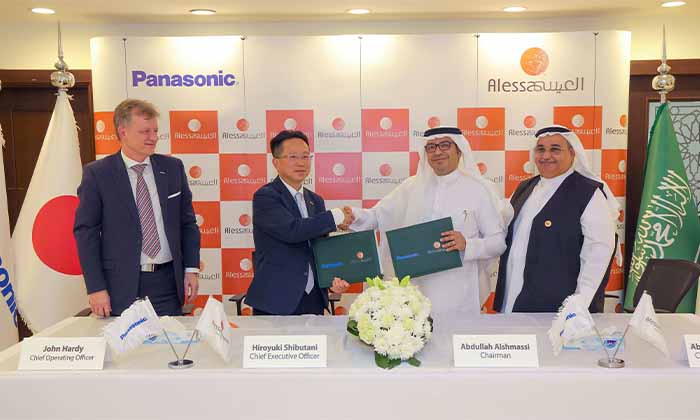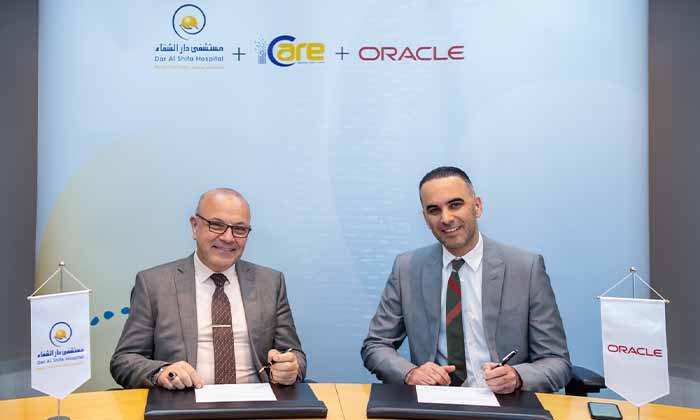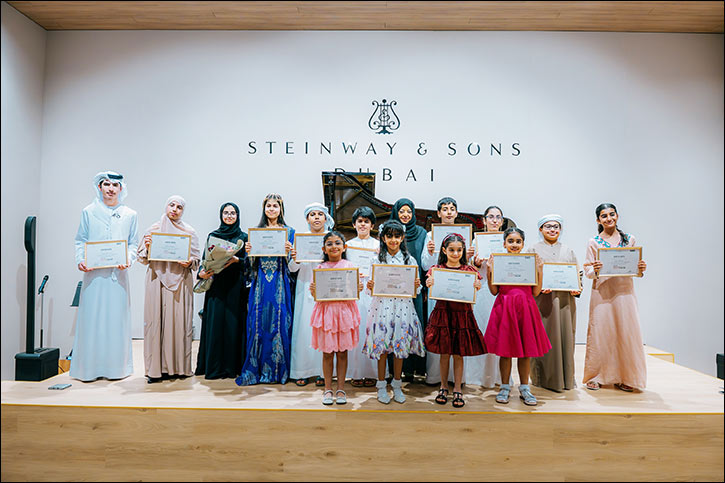GBF ASEAN 2021 will be held in Dubai December 8-9 in partnership with Expo 2020 Dubai
Press Release
Dubai, UAE: The Covid-led digital shift, supply chain disruptions, changing dynamics of global trade and the widespread adoption of advanced technologies are among the topic issues and trends to be discussed by government leaders, businessmen, investors and industry experts speaking that the inaugural Global Business Forum ASEAN in Dubai.
The forum, set to be held December 8-9, 2021, is organised by Dubai Chamber under the patronage of His Highness Sheikh Mohammed bin Rashid Al Maktoum, Vice President and Prime Minister of the UAE, Ruler of Dubai, in partnership with Expo 2020.
Sessions on day one of the two-day event will take a closer look at the recovery of ASEAN economies as they continue to navigate new challenges created by Covid-10, as well as the rapid rewiring of global supply chains, a fast-growing digital landscape, reforms and policy changes needed to finance growth and lessons that ASEAN markets can learn from GCC countries on driving sustainable economic development.
Experts and business leaders from the fintech markets in the ASEAN region and Middle East will come together to discuss the roadblocks and challenges they face, expanding into the topic of future technologies in general to discuss how innovation can be harnessed to develop knowledge-based economies. Discussions will look at what ASEAN countries can learn from the UAE’s bold initiatives and visions, and vice-versa.
On a different note, GBF ASEAN explores the region’s place in the world and how it has emerged as a key economic and diplomatic actor in recent decades. A particular focus is placed on Islamic finance, where Malaysia and the UAE stand out as major hubs for the Islamic economy.
Sessions on the second day of the forum will address the investment landscape in the UAE and the GCC region as they brace for a future less dependent on oil – and how ASEAN markets fit into this new reality. Investment activity is poised for a comeback post-pandemic, and so is the Islamic consumer; speakers at the forum are set to explore what this rebound will look like, and how the GCC and ASEAN can leverage their Islamic connection to make a Halal-driven comeback.
Delegates will explore how greater cooperation between the two can help ensure food security, but also how ag-tech can advance both regions’ food security goals. Other areas of potential cooperation between the two regions include finance, where Singapore and the UAE stand out as regional and global finance hubs. Experts at the forum take a closer look at the challenges brought by COVID-19 and what steps can governments and businesses take to insulate the economy from future crises.
Day two will also see leading entrepreneurs from both regions outline the most exciting opportunities ahead, before the forum turns to exploring ways to attract the investors of the future – focusing particularly on ESG investors (Environmental, Social, and Governance).
HE Hamad Buamim, President & CEO of Dubai Chamber said: "The ASEAN region has witnessed a rapid economic transformation in recent
decades, and it is expected to emerge stronger in the post-Covid era as it expands its trade ties with other promising markets around the world that can help economies in the region fill market gaps and achieve its strategic ambitions.
HE Buamim described GBF ASEAN as a unique platform for businessmen and investors from around the world to share knowledge, learn about attractive trade and investment opportunities emerging across the region and forge business partnerships that drive sustainable growth.
He added that the forum complements the Expo 2020 Dubai experience for visiting delegates as the event is and platform for ASEAN markets to showcase their economic potential and boost their global profile.
GBF ASEAN 2021 is part of Dubai Chamber’s flagship Global Business Forums series that was launched in 2013, which also explored economic potential in Latin America and Africa.
– Ends –














